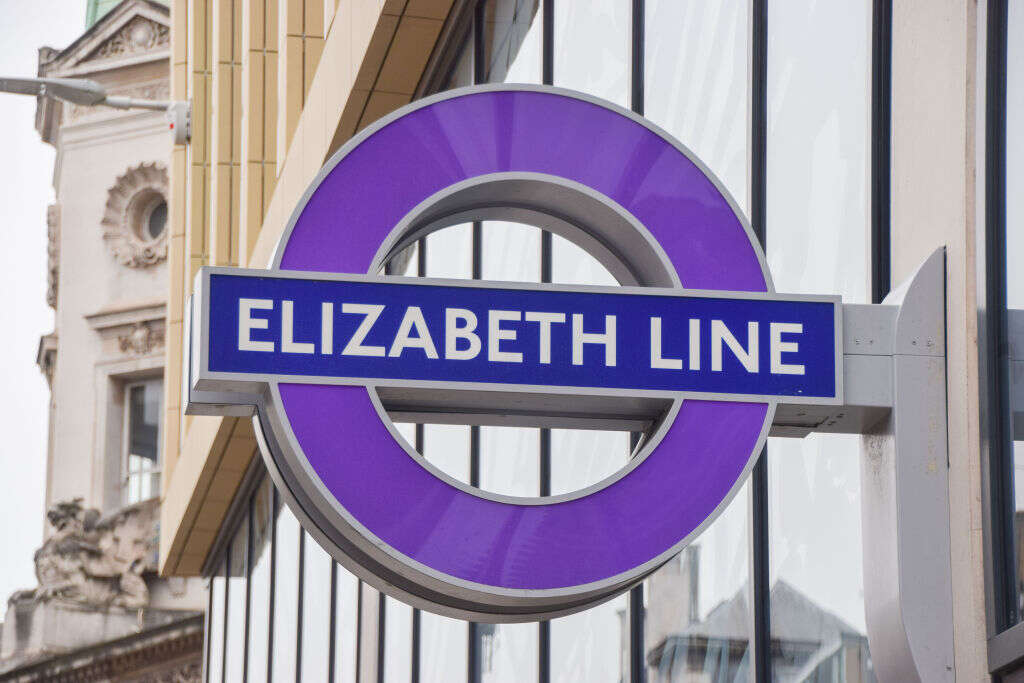
The Queen visited Paddington station this week to mark the completion of Crossrail, which will finally be open to the public on 24 May 2022, after decades of build-up, almost 15 years of construction, and many years and billions of pounds worth of delays.

The Elizabeth Line will run from Reading to Essex, hugely cutting journey times into the capital’s centre from commuter towns and Greater London suburbs. Many have anticipated the line since its announcement in 2008, not least the estate agents and developers who are eagerly tracking its effect on property prices in the surrounding areas.
City Monitor analysis of property data collated by Benham and Reeves estate agents shows that across the 41 stations, the average house price has increased by 70% since May 2012, ahead of the national average of 65%. When the seven central London station postcodes are removed (from Paddington to Canary Wharf), the average house price has risen by 73%.
[Read more: 13 places the Elizabeth line won’t go to]
The biggest increase has been seen on the east of the line, particularly the inner east stations (from Stratford to Manor Park and Custom House to Abbey Wood), which have seen average house prices double in the past decade.
In the past two years, where London’s market has seen huge instability, it is the four inner west stations (Acton Main Line to Hanwell) that have seen the most price growth, with the average house around the stations going up by 12%, as pandemic buyers flock to the leafy suburb.
Across the past decade, the biggest house price growth around the non-central London Crossrail stations has been seen in Manor Park in Newham (+127%) and Redbridge’s Seven Kings and Goodmayes (120%). These three stations have also seen the fastest growth since before the pandemic, with house prices increasing by almost one-fifth.
Are Crossrail house prices ahead of the curve?
Of course, Crossrail isn’t the only thing driving up these prices, many of these areas, particularly in East London, have seen colossal house price growth over the past decade for myriad reasons.
But there are 17 Crossrail stations (which equates to 13 postcodes, as some postcodes have more than one station) where house prices in the station’s vicinity have gone up more than the surrounding borough. In IG3, the postcode that contains Goodmayes and Seven Kings station, house prices have gone up by 120% since 2012, while across all of Redbridge, houses have increased by 80%.
This disparity between growth around the station and the wider borough is in no small part due to the station itself: those living near a Crossrail site will likely have seen an influx of new investment from property developers over recent years, looking to cash in on the area’s improved access to the city centre.
There are just 13 Crossrail postcodes where property remains cheaper than the wider area: houses prices around the new Elizabeth line stations in Southall, West Drayton and Hayes & Harlington are still significantly below the average house prices in Ealing and Hillingdon.
Use City Monitor’s interactive Crossrail map to explore the Elizabeth Line in full, and how it’s affecting house prices in the surrounding area.






